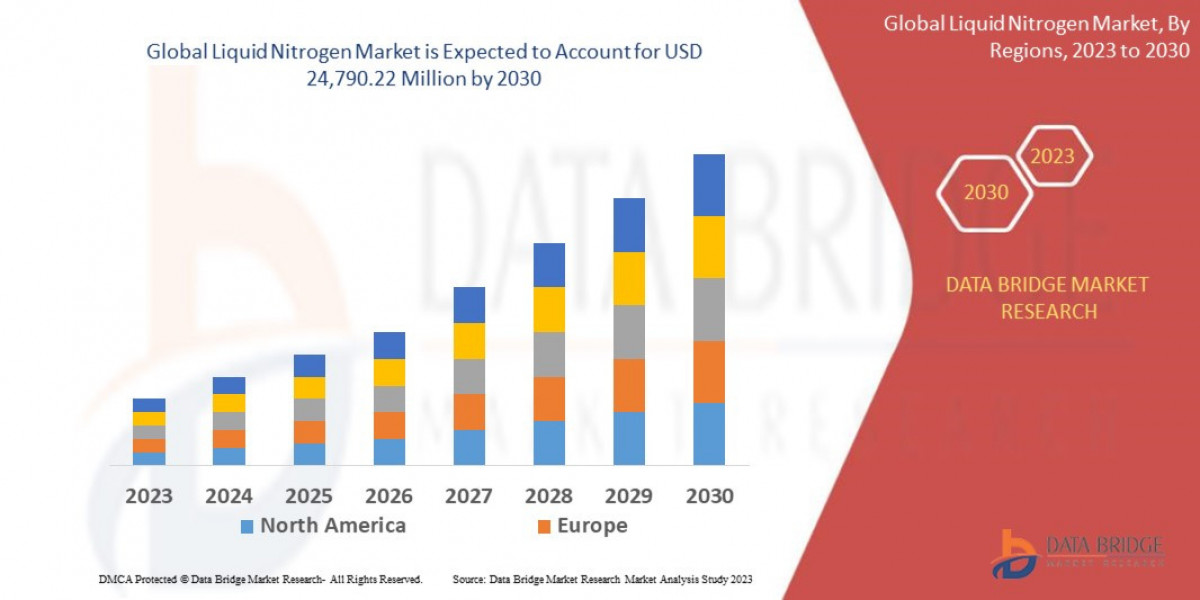In the fast-moving world of online marketing, where strategies shift and trends evolve at the speed of light, planning a solid digital marketing budget is one of the smartest investments you can make. Whether you're a startup, a small business, or a seasoned marketing professional working for a large enterprise, knowing how to allocate your resources efficiently can be the difference between stagnant results and impressive growth.
This guide will walk you through everything you need to know to create a well-structured, goal-oriented digital marketing budget that supports both short-term wins and long-term success.
Why a Digital Marketing Budget Matters
Your budget is more than a line item in your spreadsheet it’s your strategic roadmap. A well-planned budget ensures you:
Maximize ROI by allocating funds to the highest-performing channels
Avoid overspending or misallocating resources
Prepare for upcoming campaigns, product launches, or seasonal shifts
Justify your marketing expenses with data-driven decisions
Set realistic goals based on available resources
Without a clear budget, your marketing efforts can become reactive, inefficient, and harder to scale.
Step 1: Define Your Business Goals
The first step to any budget plan is knowing what you're trying to achieve. Are you looking to:
Generate more leads?
Increase online sales?
Build brand awareness?
Expand into new markets?
Improve customer retention?
Your goals will influence where your money goes. For example, if you're focused on sales, more of your budget might go toward paid ads or conversion optimization. If your goal is awareness, you may prioritize content marketing and social media.
Always align your marketing budget with your business objectives.
Step 2: Analyze Past Performance
If you’ve done digital marketing in the past, dig into your analytics. What channels brought in the most traffic? Which ones converted the most? What campaigns had the highest ROI?
Use data from tools like:
Google Analytics
Facebook Ads Manager
HubSpot or your CRM
Email marketing platforms like Mailchimp or ConvertKit
Understanding what worked and what didn’t will help you avoid throwing money at tactics that don’t move the needle.
Step 3: Identify Your Core Marketing Channels
Once you’ve analyzed your goals and past performance, determine which channels you'll invest in. Common digital marketing categories include:
Search Engine Optimization (SEO)
Pay-Per-Click Advertising (PPC)
Social Media Marketing
Content Marketing (blogs, video, etc.)
Email Marketing
Influencer Marketing
Affiliate Programs
Marketing Automation Tools
Website Optimization and Development
Each channel has its own costs, tools, and learning curves. You don’t need to do everything just choose what aligns with your goals and available resources.
This is also a great opportunity to learn from others and share your own insights. If you have expertise in planning or managing digital budgets, consider contributing your knowledge. Write For Us digital marketing and help others in the community master this crucial part of their strategy.
Step 4: Set a Budget Percentage
So, how much should you spend on marketing?
As a general rule, many businesses allocate between 7-12% of their gross revenue to marketing. Of that budget, a growing portion often 40-60% is allocated to digital marketing, depending on industry trends and business models.
Here’s a rough example:
Business revenue: $1 million/year
Marketing budget (10%): $100,000
Digital marketing allocation (50%): $50,000
Use these numbers as a starting point, then adjust based on your growth stage, competition, and goals.
Step 5: Break Down the Costs
Now it's time to get specific. Break your digital marketing budget into detailed line items. Some typical expenses include:
Content Creation: Copywriting, graphic design, video production
Ad Spend: Google Ads, Meta Ads, LinkedIn Ads, etc.
SEO Tools: SEMrush, Ahrefs, Moz, etc.
Marketing Software: Email platforms, CRM tools, automation software
Freelancers or Agencies: Outsourced talent for writing, design, or strategy
Website Expenses: Hosting, plugins, UX/UI optimization
Training & Education: Courses, certifications, conferences
Seeing where your money goes allows you to identify areas of potential waste or underinvestment.
Step 6: Allocate by Campaign or Quarter
To keep things organized and measurable, break down your budget by time period or marketing campaign. This allows you to:
Stay flexible with seasonal promotions
Measure campaign performance more effectively
Adjust spending based on results
Example:
Q1: Brand awareness campaign — $15,000
Q2: New product launch — $20,000
Q3: Retargeting and retention — $10,000
Q4: Holiday promotions — $15,000
Campaign-based budgeting keeps your spending aligned with your calendar and content plan.
Step 7: Build in a Buffer for Experimentation
Digital marketing evolves quickly, and new trends can emerge at any time. Set aside 5–10% of your budget for testing new platforms, formats, or ideas whether it’s TikTok ads, AI tools, or a fresh landing page design.
This “innovation fund” helps you stay ahead of the curve without disrupting your core campaigns.
Step 8: Track and Optimize
A budget is only as good as your ability to manage it. Make sure you regularly track your spending and performance. Use spreadsheets or budgeting tools to monitor:
Actual spend vs. planned
Channel performance (CTR, conversion rates, etc.)
ROI by campaign
If something isn't working, reallocate your budget quickly. Agile budgeting means adapting based on real-time performance not waiting until the end of the quarter to make changes.
Bonus Tips for Budget Planning Success
Automate reporting: Use dashboards and tools to reduce manual tracking.
Set KPIs for each expense: Know what success looks like before you spend.
Communicate with stakeholders: Keep teams and leadership aligned on goals and numbers.
Reforecast regularly: Update your budget quarterly based on performance and business needs.
Final Thoughts
Planning a digital marketing budget isn’t just about numbers it’s about making intentional, strategic decisions that drive growth, efficiency, and innovation.
Start with clear goals, use data to inform your decisions, and stay flexible as you test and scale your marketing strategies. The more precise and proactive your budgeting approach, the better positioned you’ll be to make every dollar count.
And if you have insights, tools, or budget planning hacks that have worked for you, we’d love to hear them. Write For Us digital marketing and help other marketers build smarter, stronger campaigns with budgets that deliver results.







